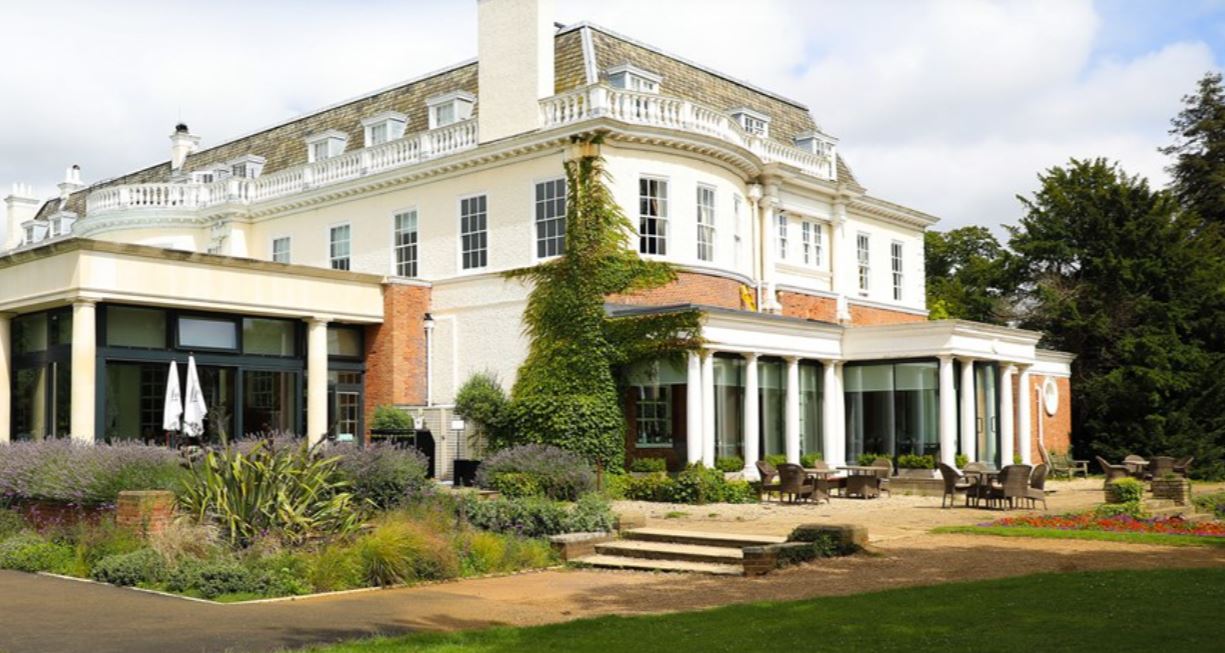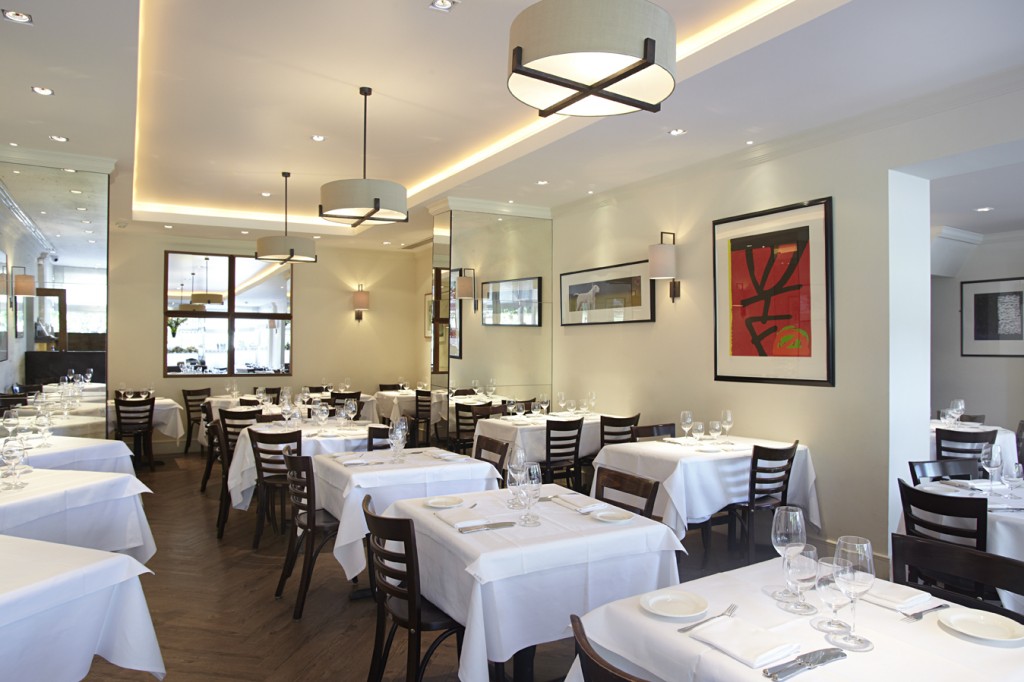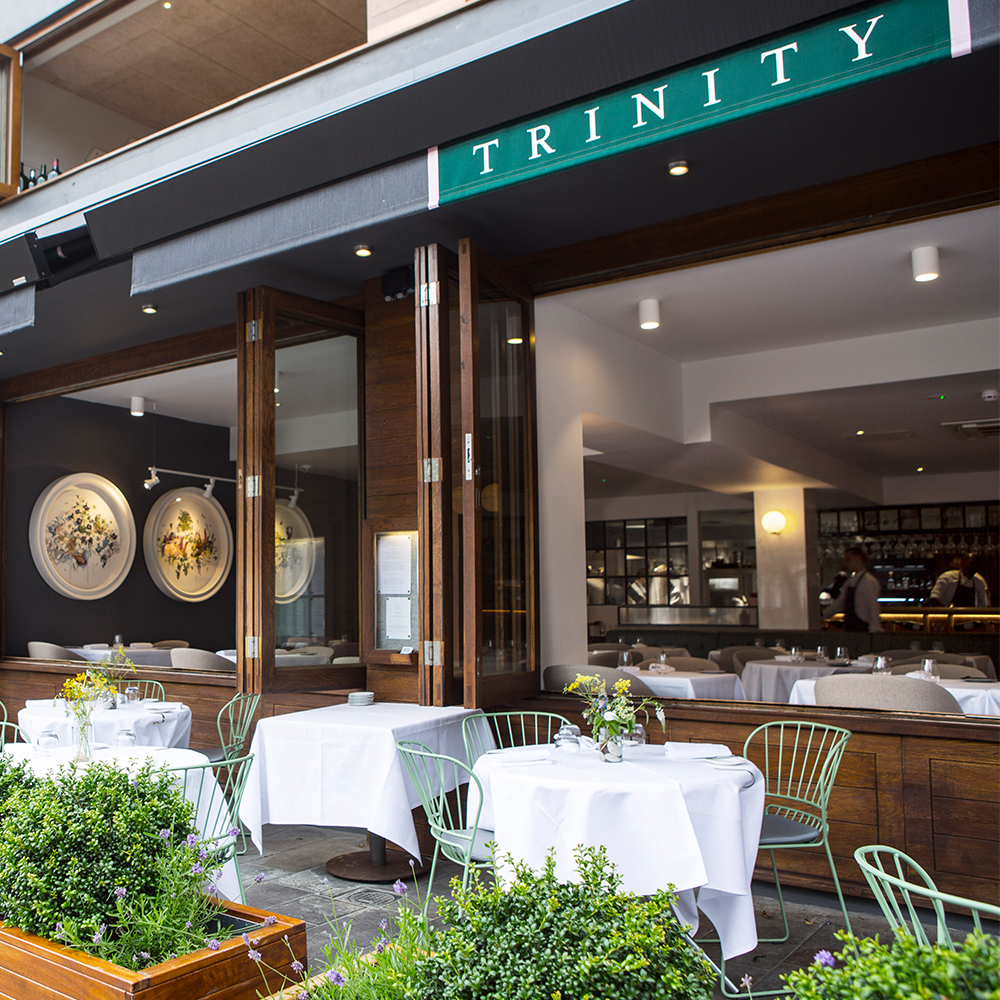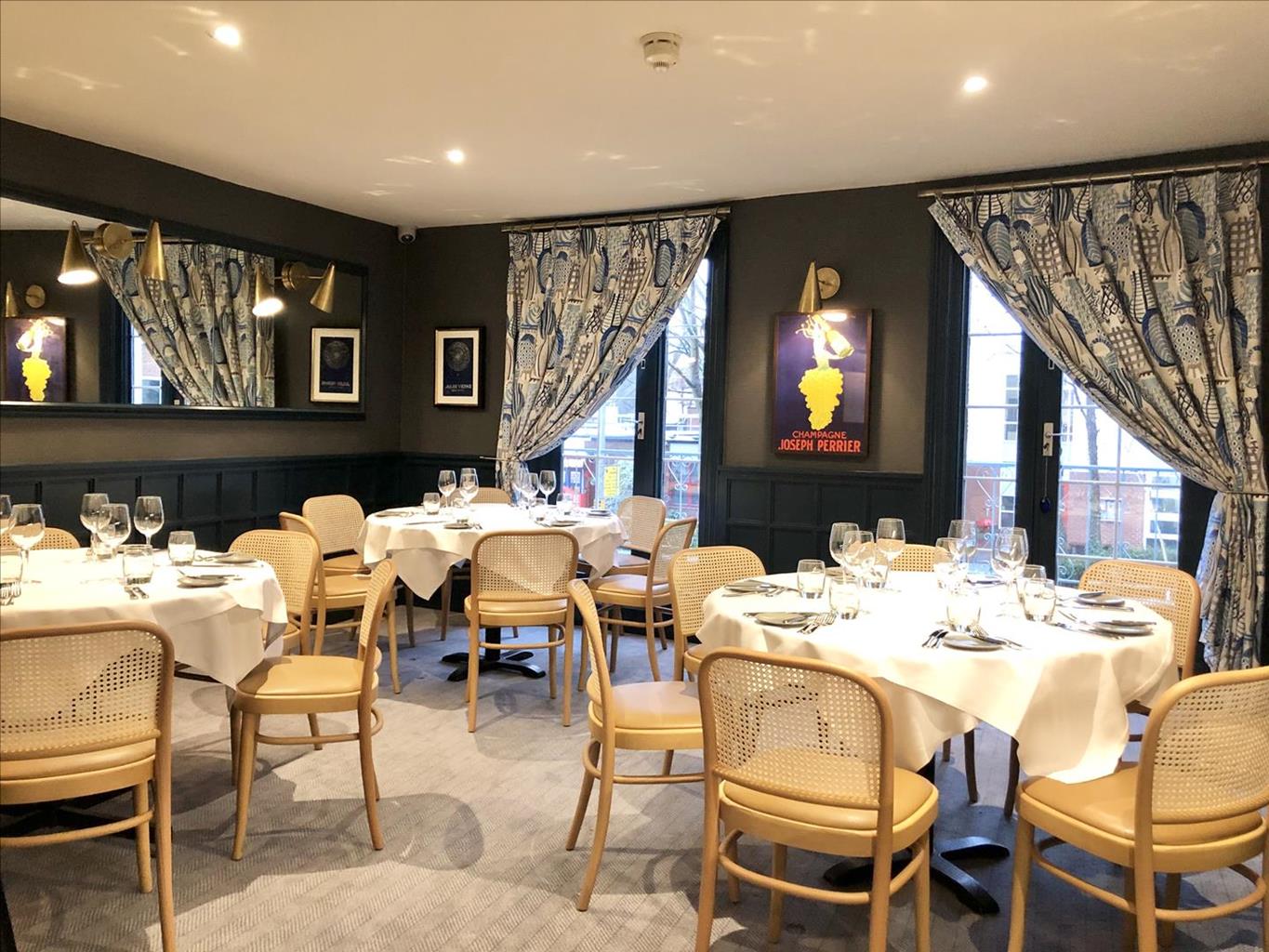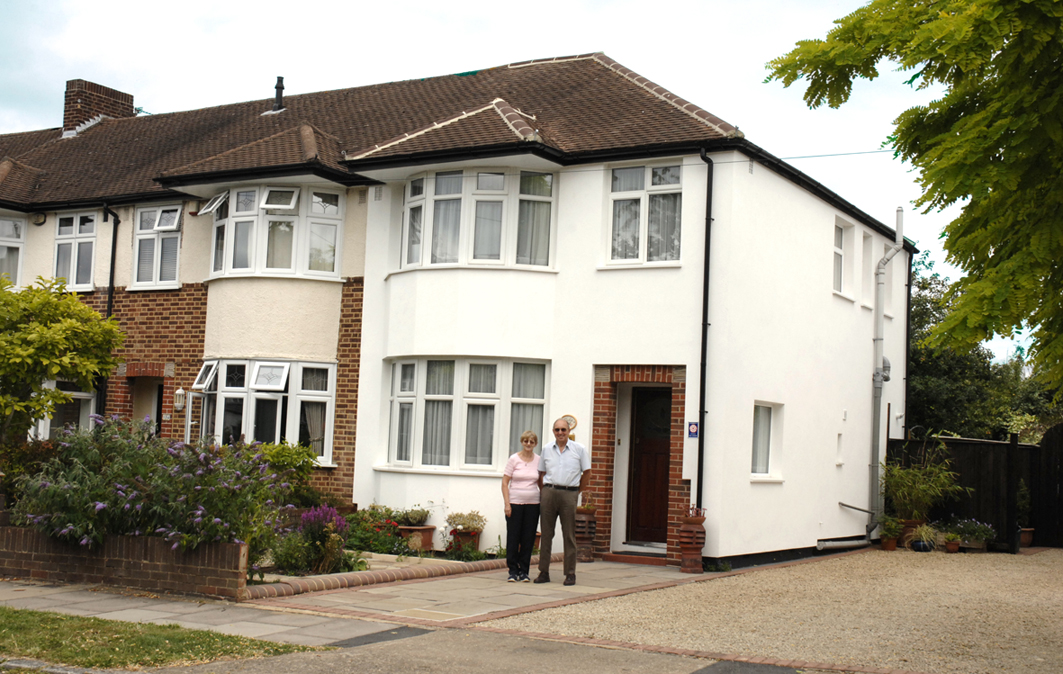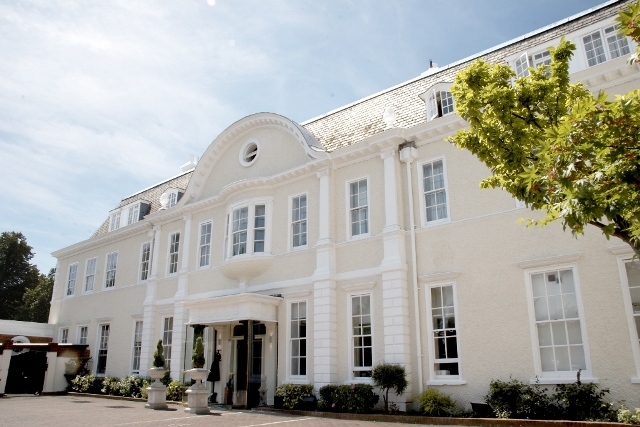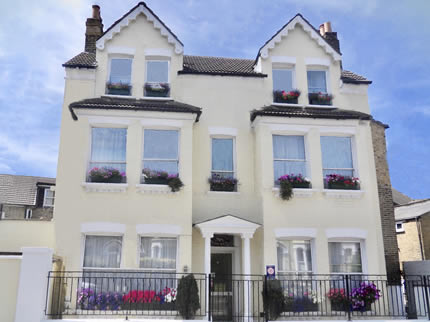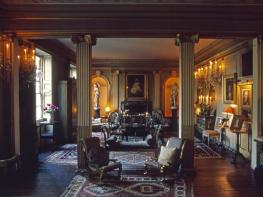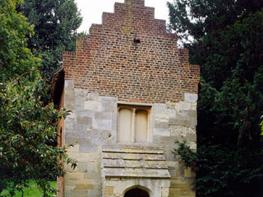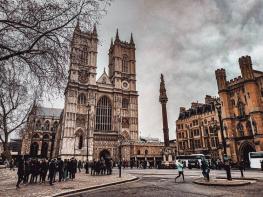Situated in a leafy part of West Wimbledon, Thalia makes an ideal launchpad for London…
An oasis in Morden Hall Park

1.75 miles (2.8kms)
About the walk
Morden Hall Park is fittingly described in the National Trust Handbook as 'an open space oasis in the heart of suburbia'. If it's your first visit here then you cannot fail to be impressed by the old estate buildings and ancient hay meadows. If you are a budding gardener, you'll relish the sight and scent of the rose garden in summer and if history is your thing, you can discover more about Morden's snuff-milling industry.
A garden of roses
The rose garden is worthy of a mention because restoration by the National Trust has returned it to its former glory. With names like Golden Wedding, Harvest Fair, Iceberg and English Miss you can probably guess the colours. The 2-acre (0.8ha) rose garden was originally created in 1922. Unlike most gardens of this kind, the 48 rose beds are randomly laid out, rather than in a symmetrical pattern. The beds are shaped like horseshoes, crescents and half-moons and they are seen best from the eastern side of the garden. Because there were no records of the original plants used, modern floribunda roses were chosen to produce the vivid abundance of colour, which reaches its peak in June.
Not to be sniffed at
Morden Hall Park belonged to the Hatfeild family, which made its money from snuff milling. The family formed a firm of tobacconists, Taddy, Tomlin and Hatfeild of Fenchurch Street, in the City of London. You can see the remains of their snuff mill, powered by the River Wandle, in the park. Snuff was ground by hand until water-powered mills took over in the 18th century. These crushed the tobacco leaves to a fine powder. It was a dusty environment and workers used sponge respirators to help them breathe. Demand for snuff was high during the 1800s – and these mills were just two of hundreds throughout the country.
Morden Hall revisited
Morden Hall Park was once self-sufficient. It had a deer park (venison), grazing meadows (milk) and kitchen gardens (fresh fruit and vegetables). When the bachelor Gilliat Hatfeild died in 1941, he left the bulk of his 125-acre (51ha) estate to the National Trust, with a clause in his will stating that the park should be open to the public. Hatfeild was a conservative man, refusing gas or electricity, and had no interest in buying the latest form of transport, the motor car. He was also a kind employer, providing the staff with food at Christmas and inviting the local children to parties in the grounds. Today, Morden Hall Park is a remarkable reminder of this bygone era.
Walk directions
Turn left out of Morden tube station, immediately cross the main road via the crossing, bear right and then first left to walk along Aberconway Road. Go over Morden Hall Road via the lights, bear right and then turn left through the blue gates into Morden Hall Park. Follow the path ahead, past the stable block on your right, where the Riverside Café and garden centre are found.
Cross the bridge, passing the Snuff Mill Environmental Centre (primarily an educational facility for school groups), to enter the lower section of the rose garden. Pause to admire the gardens then backtrack over the bridge and turn right.
About 100yds (91m) further on, turn right over a white bridge with decorative iron railings and then walk along an avenue of lime and chestnut trees to cross a bridge over a tributary of the River Wandle.
Turn right and go through a metal gate leading to the upper section of the rose garden. Follow the path ahead to reach another metal gate. Continue past the pond, with its wilderness islands, as it curves to the left to meet the avenue of lime and chestnut trees.
Cross the avenue and follow the path as it swings to the left, with some fencing to your right. A few paces further on, when the path joins another, take the left-hand fork across the meadow.
Just before the road and tram stop, turn left towards the avenue of trees. At a junction of paths you will meet the path followed earlier. Retrace your steps towards the white bridge, and then back to Morden tube.
Additional information
Mainly tarmac paths
Parkland, marshland and meadows
Remember to poop-scoop in Morden Hall Park
AA Street by Street London
At garden centre off Morden Hall Road (Morden tube station 550yds/457m)
Morden Hall Park
WALKING IN SAFETY
Read our tips to look after yourself and the environment when following this walk.
Find out more
Also in the area
About the area
Discover Greater London
Greater London is one of the world’s largest urban areas; 33 boroughs stretching north to Enfield, south to Croydon, east to Havering, west to Hillingdon and with central London at the heart of it all.
Greater London was officially created in 1965, but the boroughs themselves all have their own histories going back much further. Greenwich is home to the Prime Meridian, which all clocks on earth take their time from, while Hounslow contains Heathrow Airport, one of the busiest airports in the world. Greater London contains a multitude of parks and green spaces, from the six Royal Parks (including Richmond Park, Green Park, Hyde Park and Regent’s Park) and other huge open spaces like Hampstead Heath and Clapham Common; to smaller community spaces like Clissold Park in Stoke Newington and Burgess Park in Southwark.
The centre of London has its quiet spaces too, like Coram’s Field by Great Ormond Street, and Camley Street Natural Park, a stone’s throw from King’s Cross and St Pancras. One of the city’s most impressive features is the London Underground. Beginning in 1863 as the Metropolitan Railway, it took commuters into The City from the suburbs of Middlesex. It was the first underground railway in the world, and now consists of 11 lines, 270 stations, and 250 miles (402km) of track. It’s estimated that nearly five million journeys are taken every day, and there are nearly one and a half billion riders each year. At peak times, there are more than 543 trains whizzing around the Capital.
Nearby stays
Restaurants and Pubs
Nearby experiences
Recommended things to do
Why choose Rated Trips?
Your trusted guide to rated places across the UK
The best coverage
Discover more than 15,000 professionally rated places to stay, eat and visit from across the UK and Ireland.
Quality assured
Choose a place to stay safe in the knowledge that it has been expertly assessed by trained assessors.
Plan your next trip
Search by location or the type of place you're visiting to find your next ideal holiday experience.
Travel inspiration
Read our articles, city guides and recommended things to do for inspiration. We're here to help you explore the UK.

